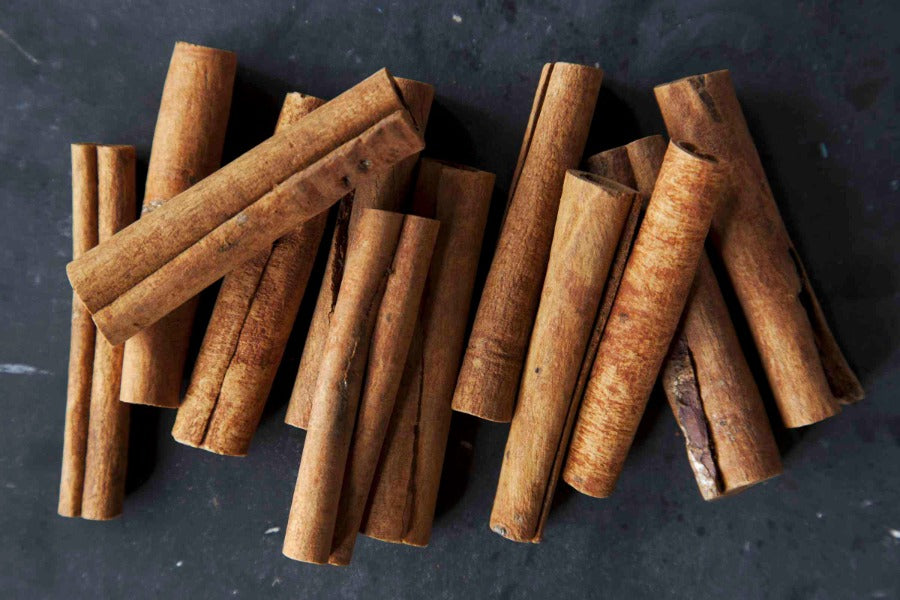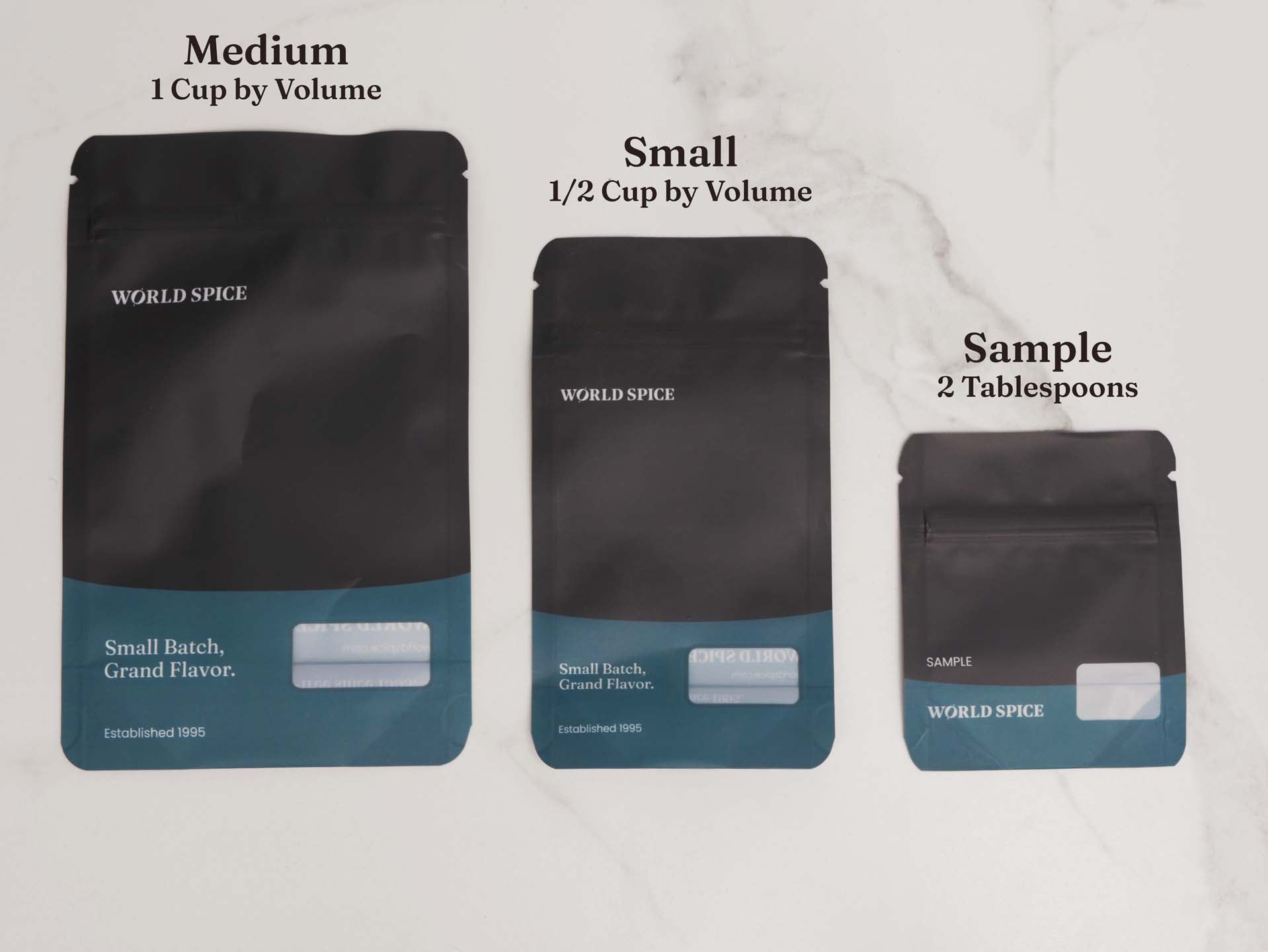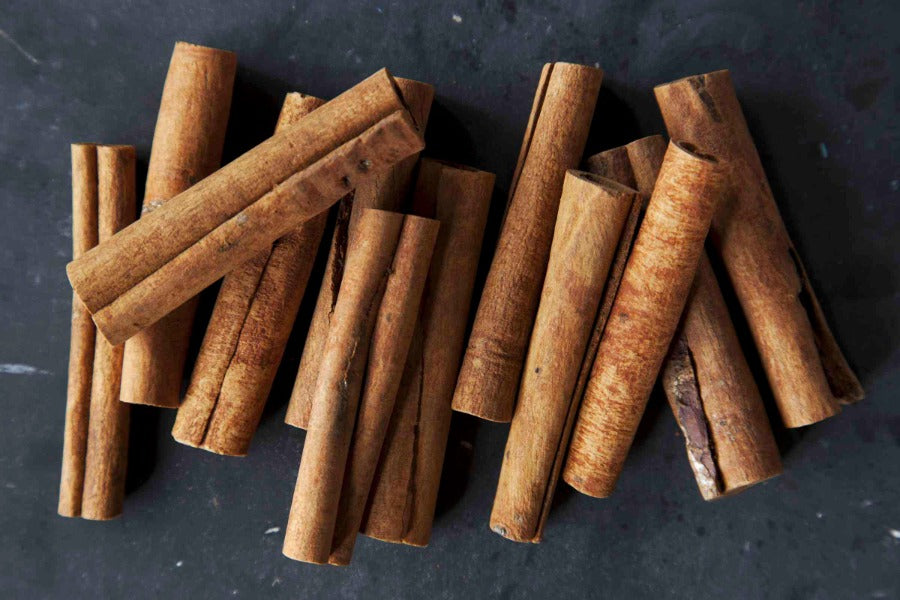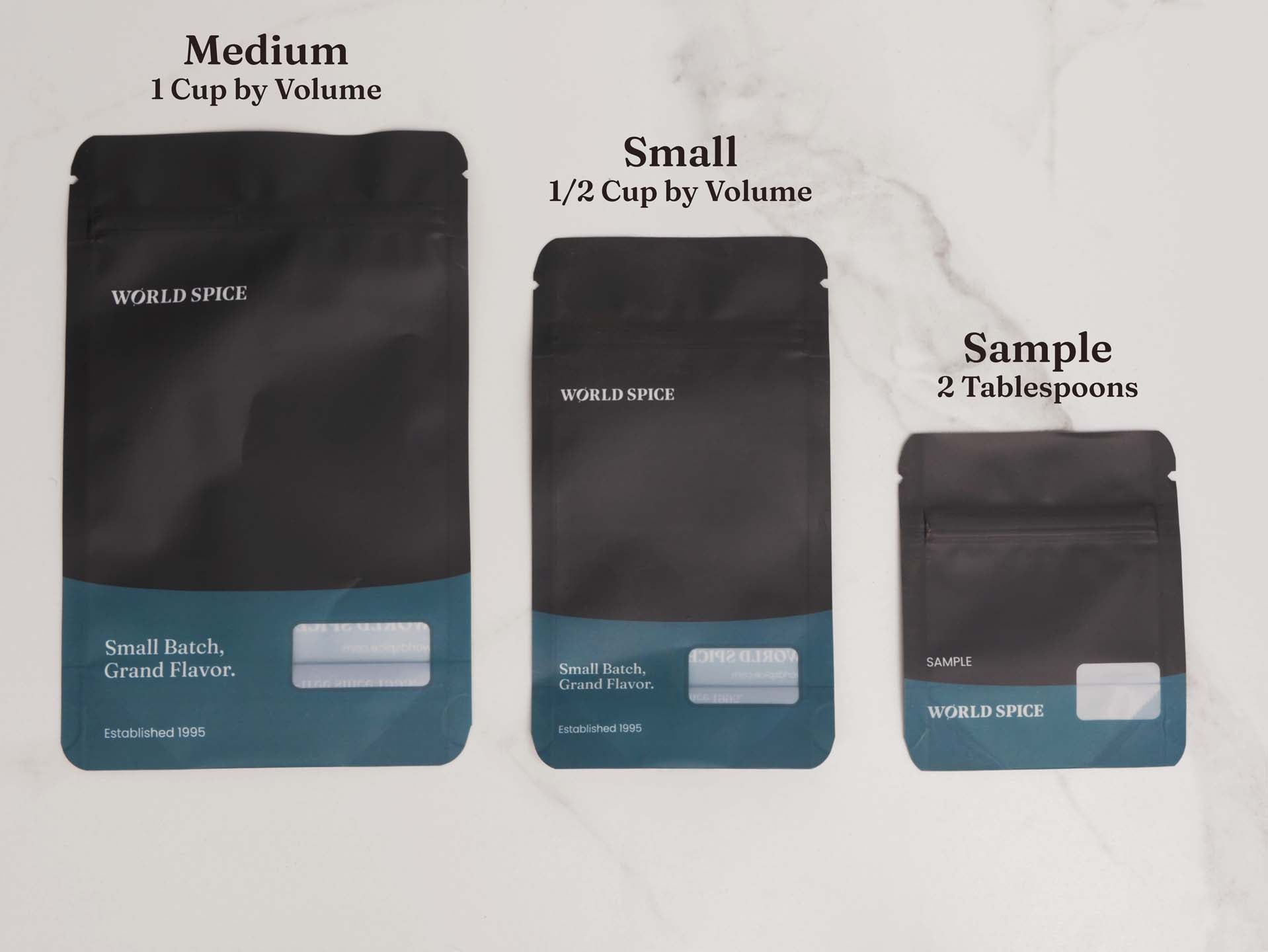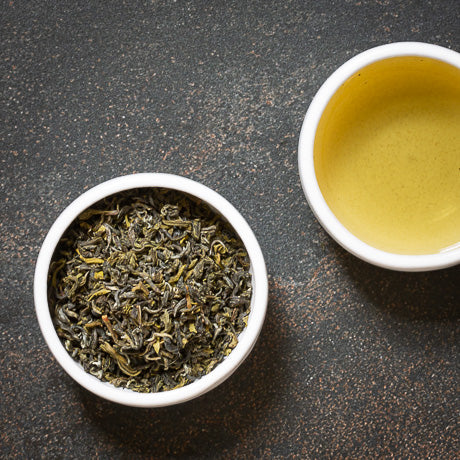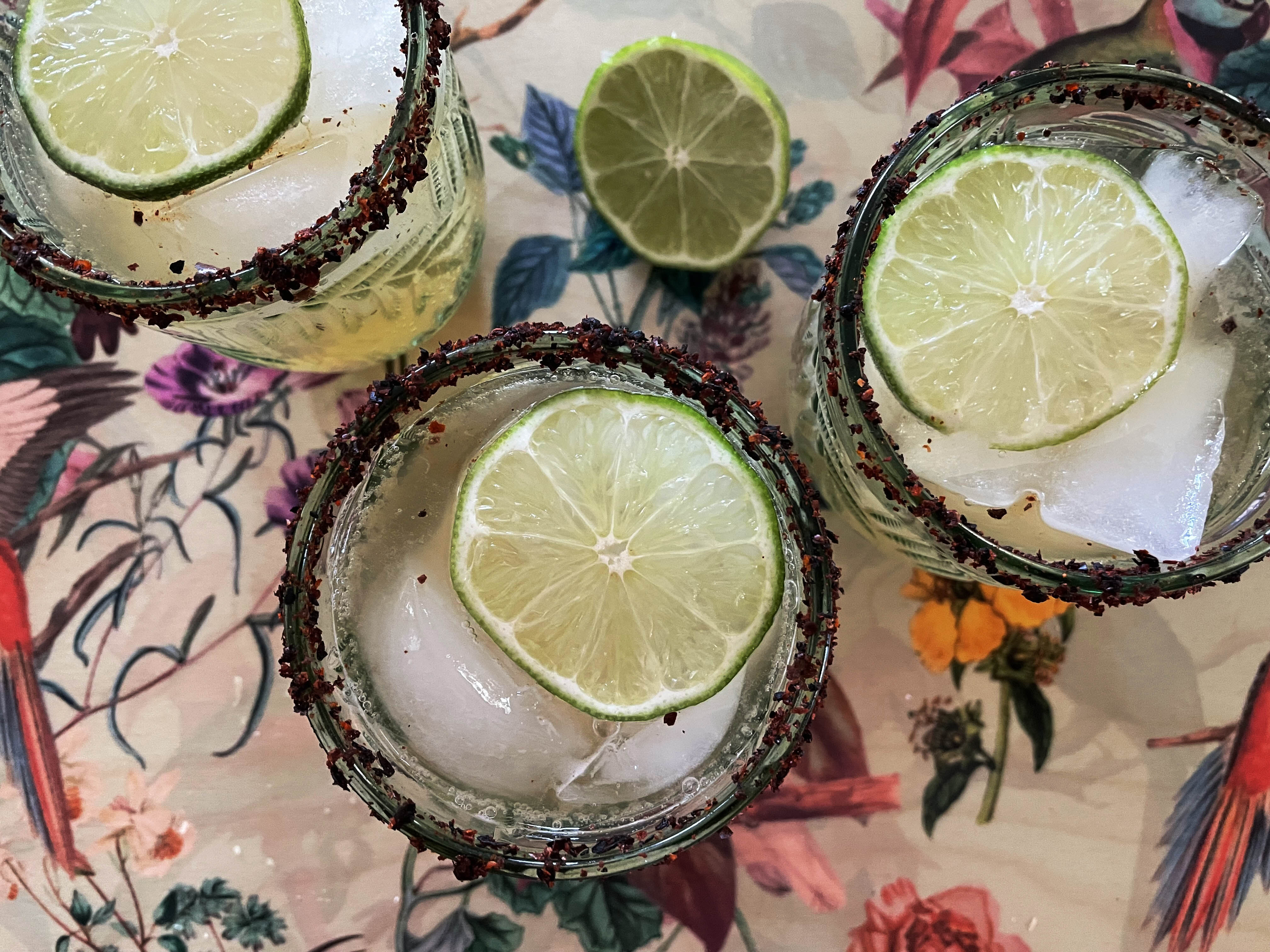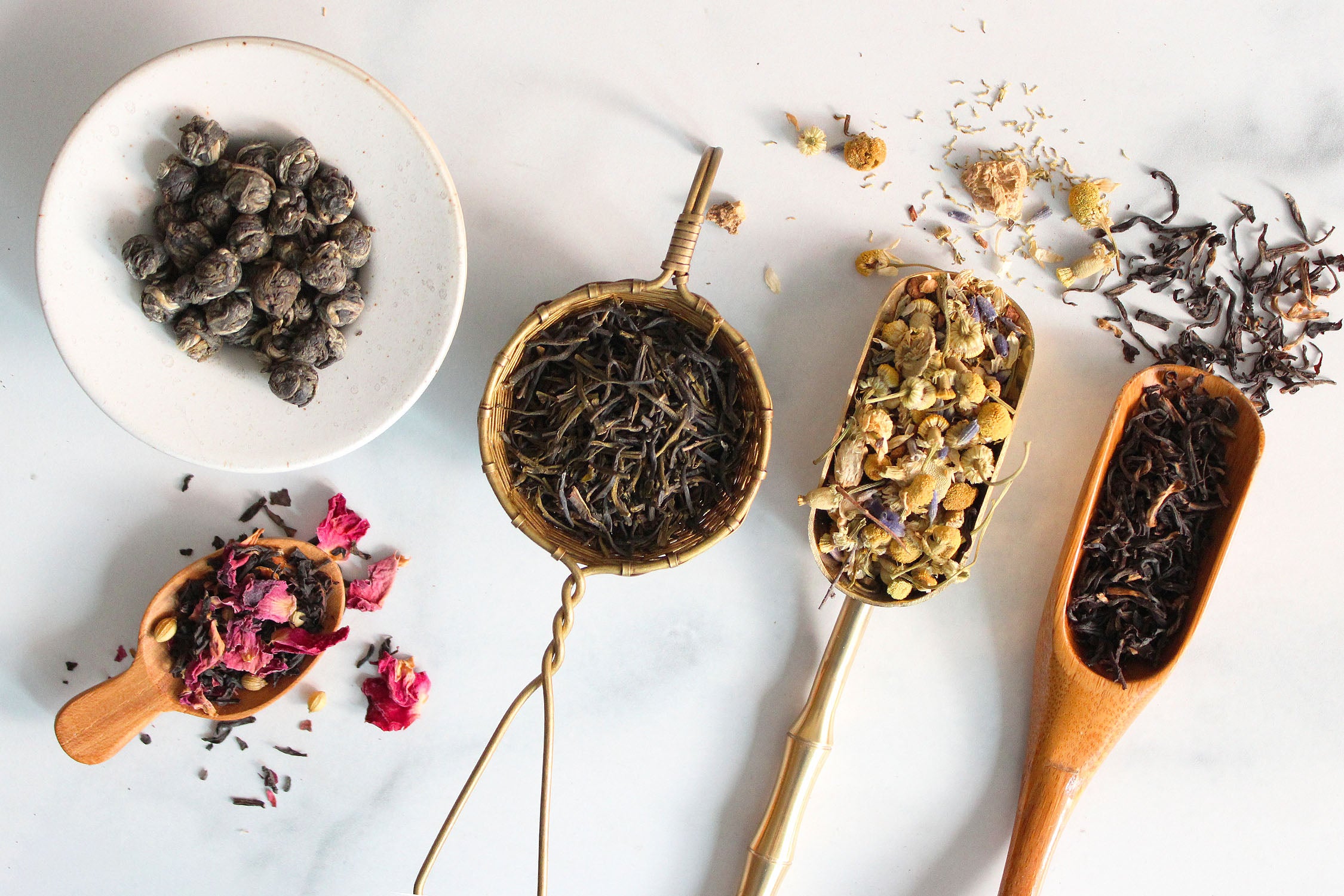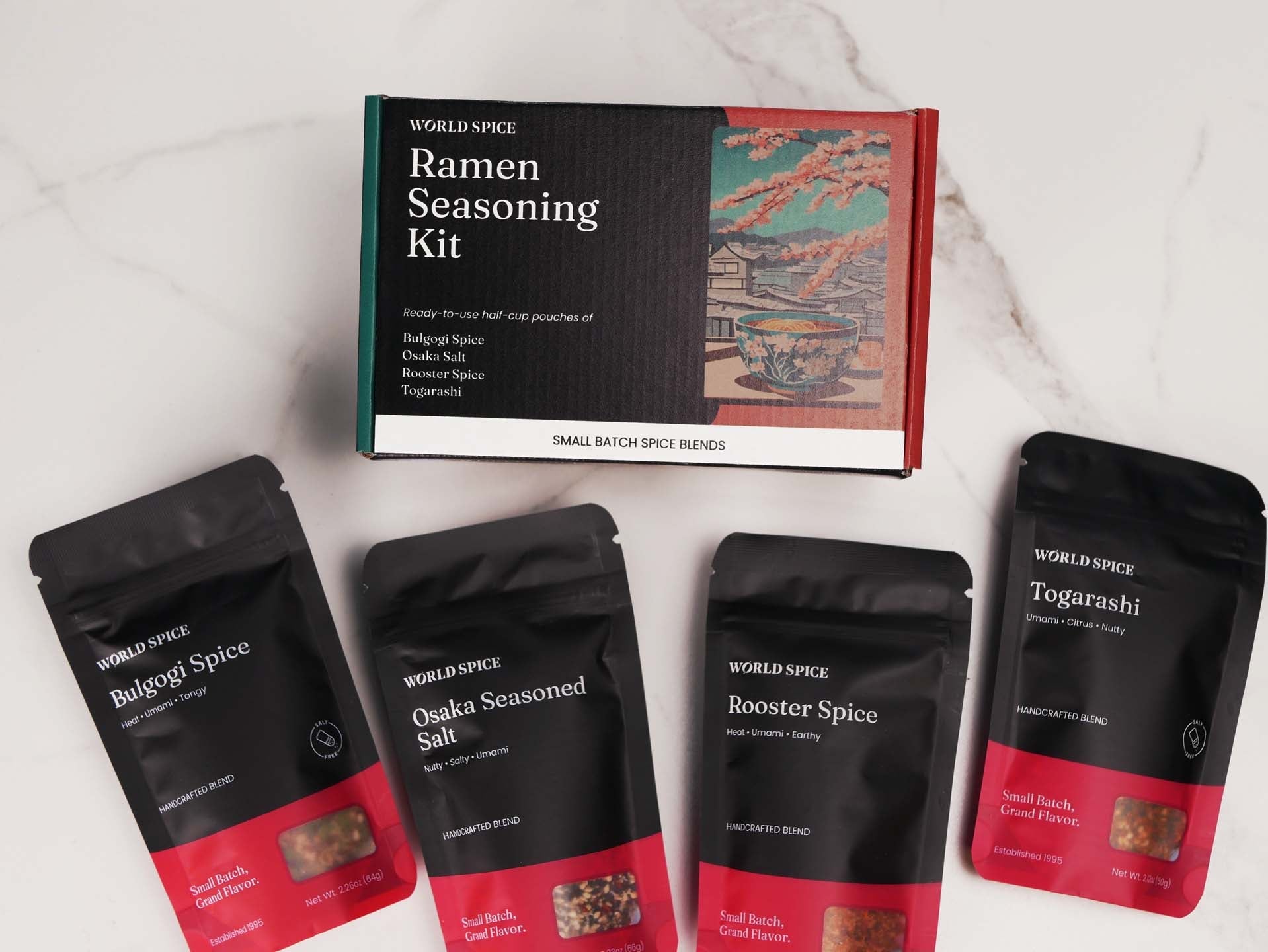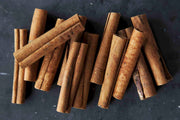Cinnamon Stick
Cassia cinnamon sticks are a delicious addition to dishes sweet and savory, and the perfect choice for mulled beverages and toddies.
Couldn't load pickup availability
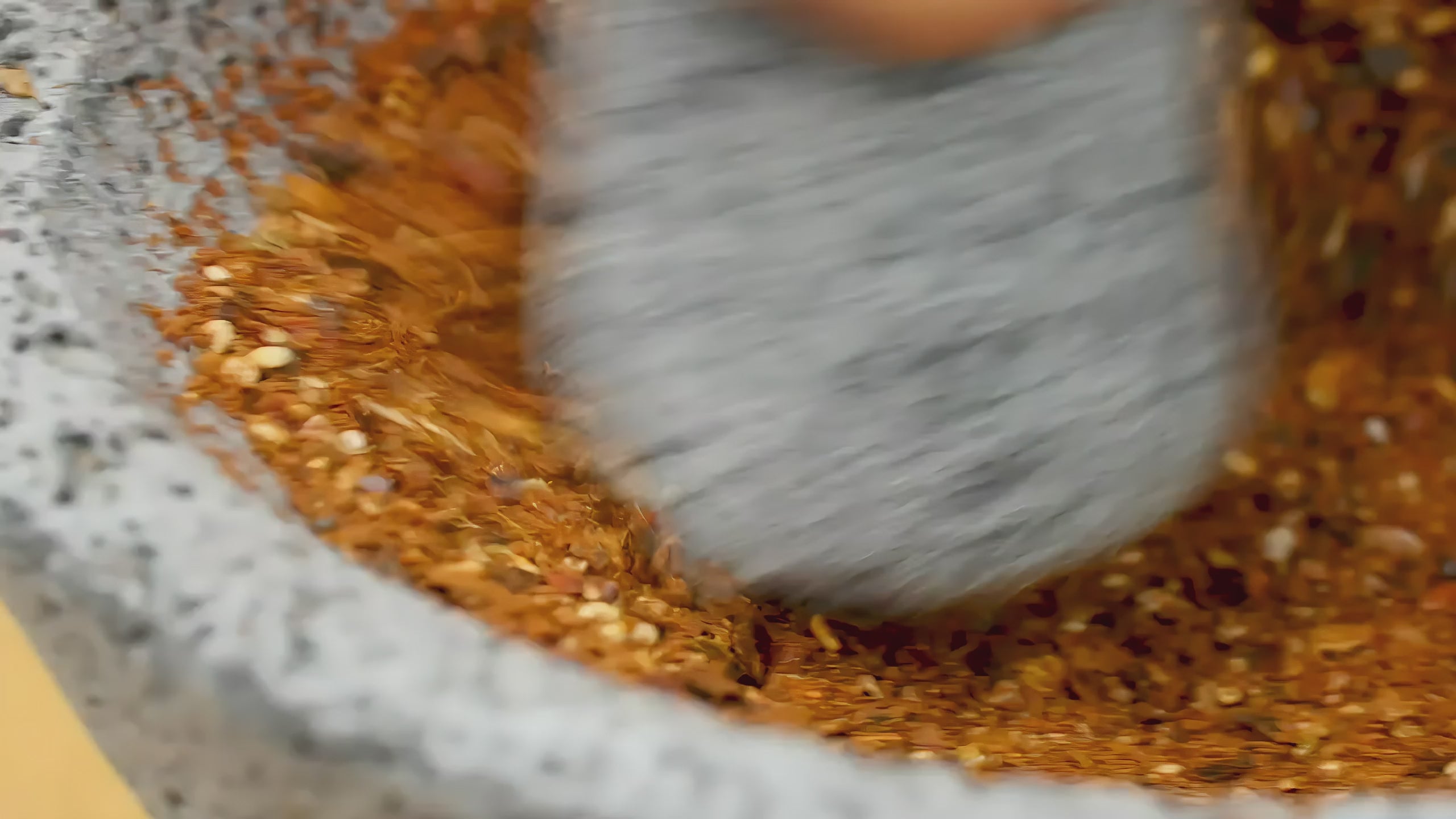
The world's most versatile artisan spice & tea library.
Since 1995, we've been sourcing and supplying the finest flavors from around the world — over 250 spices, blends, and teas. Nearly all of our spices are available whole or ground!
Our spices & teas are vegan, gluten-free, and completely filler-free, with a range of sizes to suit every need.
We create & blend our own products, and grinding occurs in small batches shortly before shipping.
Recently Viewed
Give $10, Get $10
Refer a friend to purchase from World Spice, and they'll get $10 off their first order — and you'll get $10 in store credit.


